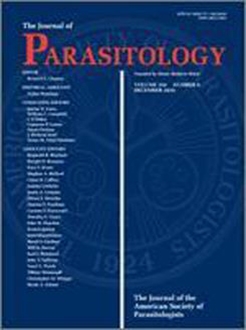A total of 20 specimens of Tolypeutes matacus (Desmarest, 1804) from the Chaco Region in Argentina were examined. This study revealed the presence of 3 species of the genus Mathevotaenia Akumyan, 1946 (Cestoda Anoplocephalidae), two of them new for science. These species are described, illustrated, and compared with related species. Mathevotaenia chamicalensis n. sp. is characterized by having a small body with 45–65 proglottids; a globose scolex, longer than wide and well delimited from strobila; a long neck; mature and gravid proglottids longer than wide; and 20–35 testes located in a single field. Mathevotaenia yepesi n. sp. is characterized by having a small body with 86–128 proglottids; a rectangular scolex, wider than long and not well delimited from strobila; neck absent; mature and gravid proglottids wider than long; and 23–50 testes located in the medial portion of the proglottid. The finding of Mathevotaenia argentinensisCampbell et al., 2003 parasitizing T. matacus represents the first record in armadillos.
How to translate text using browser tools
7 February 2020
Cestode Parasites of Armadillos (Mammalia: Xenarthra) from Argentina: Two New Species of Mathevotaenia (Anoplocephalidae) in Tolypeutes matacus
Tatiana A. Rios,
Fabiana B. Drago,
María C. Ezquiaga,
Agustín M. Abba,
Graciela T. Navone
ACCESS THE FULL ARTICLE

Journal of Parasitology
Vol. 106 • No. 1
January 2020
Vol. 106 • No. 1
January 2020
Anoplocephalidae
Argentina
armadillos
endoparasites
Mathevotaenia
parasites
parasitology





